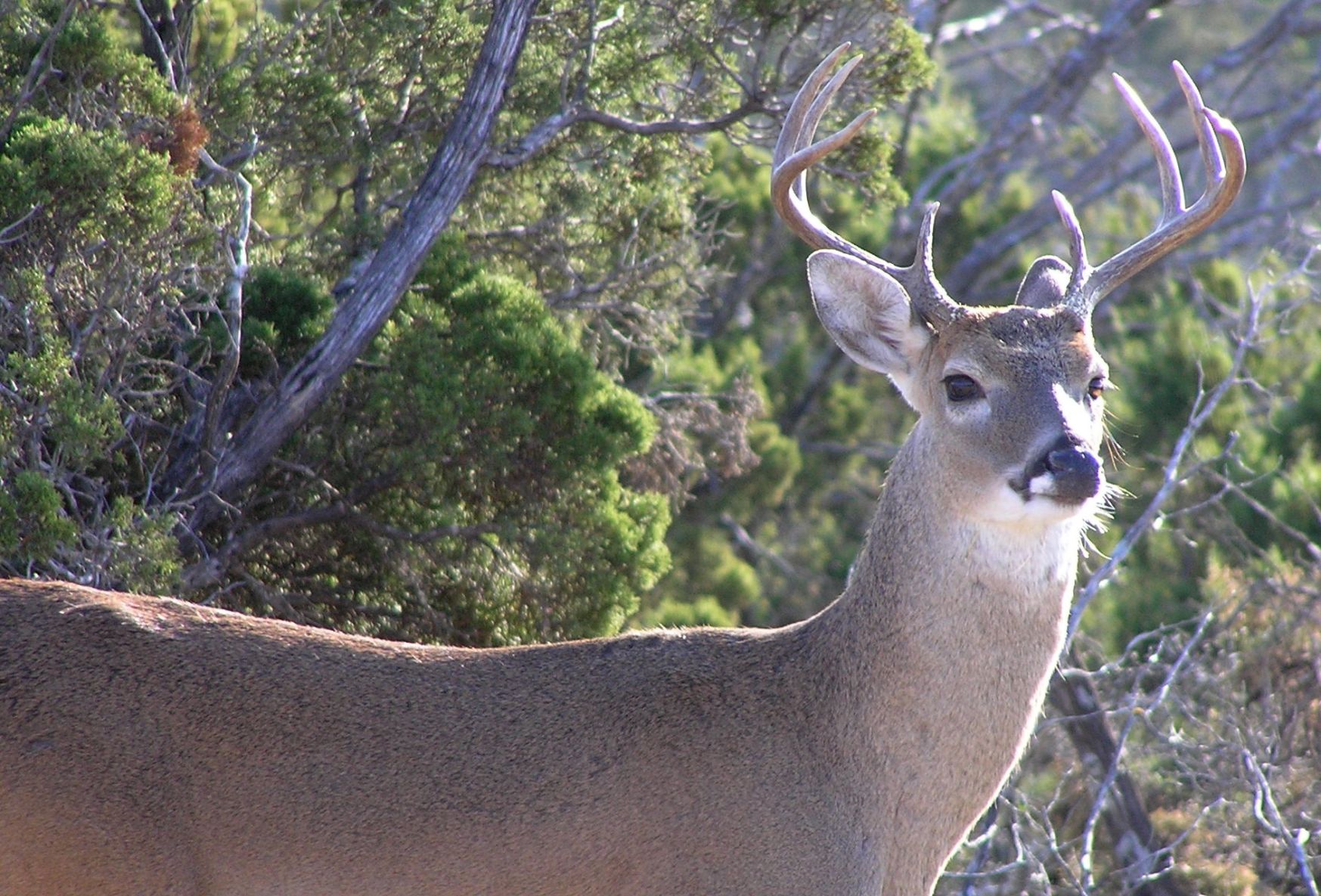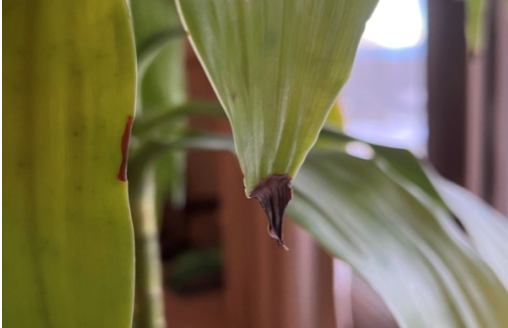Deer-Vehicle Crashes
Deer can be spotted near roadways any time of the year, but motorists should be especially vigilant in the fall. Deer breeding season (rut) peaks in mid-November, and this marks the period when deer-vehicle collisions are most frequent. Spring also brings an increased number of deer-vehicle collisions.
During rut, deer focus on mating; they travel more than in other seasons and pay less attention to hazards such as vehicles. Many move to new locations as crops are harvested and leaves fall from trees and shrubs, so the deer are less secure than in their summer habitats.
Shorter fall days mean that dusk and dawn occur when commuter traffic is heaviest at the same time that deer are more likely to be on the move. Deer-vehicle crashes occur in all Kansas counties, but in most cases, counties with high human populations and high traffic volumes record the most crashes.
Tips to avoid deer collisions:
- Be especially watchful at dawn and dusk when deer are most active.
- Watch for more than one deer, as they seldom travel alone.
- Reduce speed and be alert near wooded areas or green spaces such as parks or golf courses and near water such as streams or ponds.
- Deer crossing signs indicate where high levels of deer/vehicle crashes have occurred in the past.
- Use your bright lights to help you detect deer as far ahead as possible.
- Don’t swerve to avoid hitting a deer – the most serious crashes sometimes occur when drivers swerve and collide with another vehicle or run off the road and hit an obstacle.
- Always wear a seat belt and use child safety seats for the kids. Even if you are waiting in your car, it is best to wear your seat belt, and have your children in car seats.
If you hit a deer or other animal:
- Slow down, pull as far onto the shoulder as possible and turn on your emergency flashers. If you have a cellular phone and are on a Kansas highway, dial *47 (*HP) for a highway patrol dispatcher, *582 (*KTA) for assistance on the Kansas Turnpike, or dial 911.
- Do not worry about the animal. Kansas Highway Patrol troopers or local law enforcement will worry about removing the animal from the road. If the animal is in the road, tell the dispatcher when you call for help.
- If possible, remain in your vehicle and buckled up, so if a crash occurs involving your car or another vehicle nearby, you are more protected than if you are in the roadway or on the shoulder.
- If you must be outside of your vehicle, make sure it is as far off the road as possible and your hazard lights are activated. Don’t stand between your vehicle and another vehicle and make sure your children are kept properly restrained in your vehicle.
- If you have exited your vehicle, stay alert for traffic. If your vehicle is disabled at night, wait for law enforcement with extra lights so your vehicle is more visible to other motorists.
Legal Requirements:
A salvage tag is required to remove a deer carcass or any part of the carcass from a crash site. Tags can be issued by KHP troopers, sheriff’s deputies, or KDWPT game wardens.
Anyone involved in a vehicle-deer crash resulting in personal injury or property damage that totals $1,000 or more is required to immediately report the crash to the nearest law enforcement agency. Failure to report any traffic crash is a misdemeanor and may result in suspension of driving privileges.
If you are involved in a non-injury crash on an interstate, U.S. highway, or any divided or multi-lane road in the state of Kansas, and if you are not transporting hazardous materials, you are required by law to move your vehicle out of the lane of traffic. This law is intended to help keep drivers and passengers safe by getting them out of the lane of traffic and away from oncoming vehicles.




